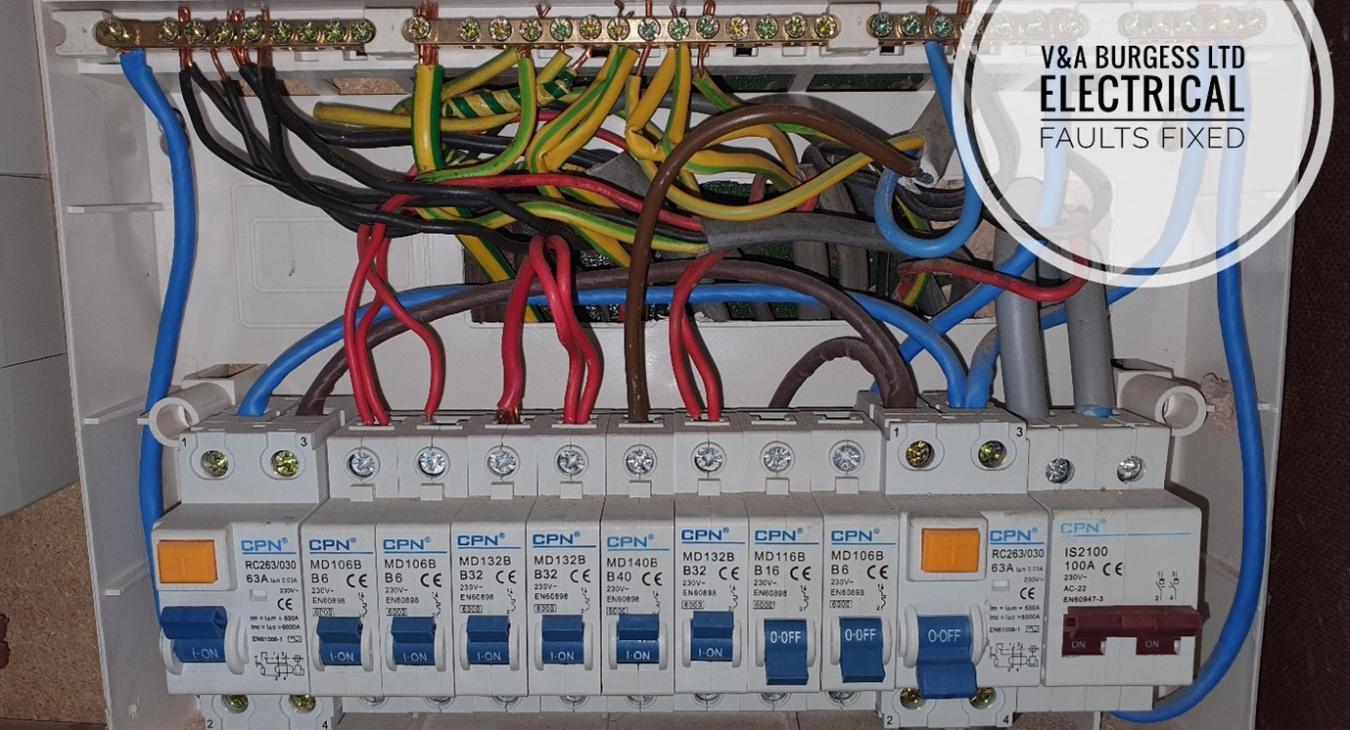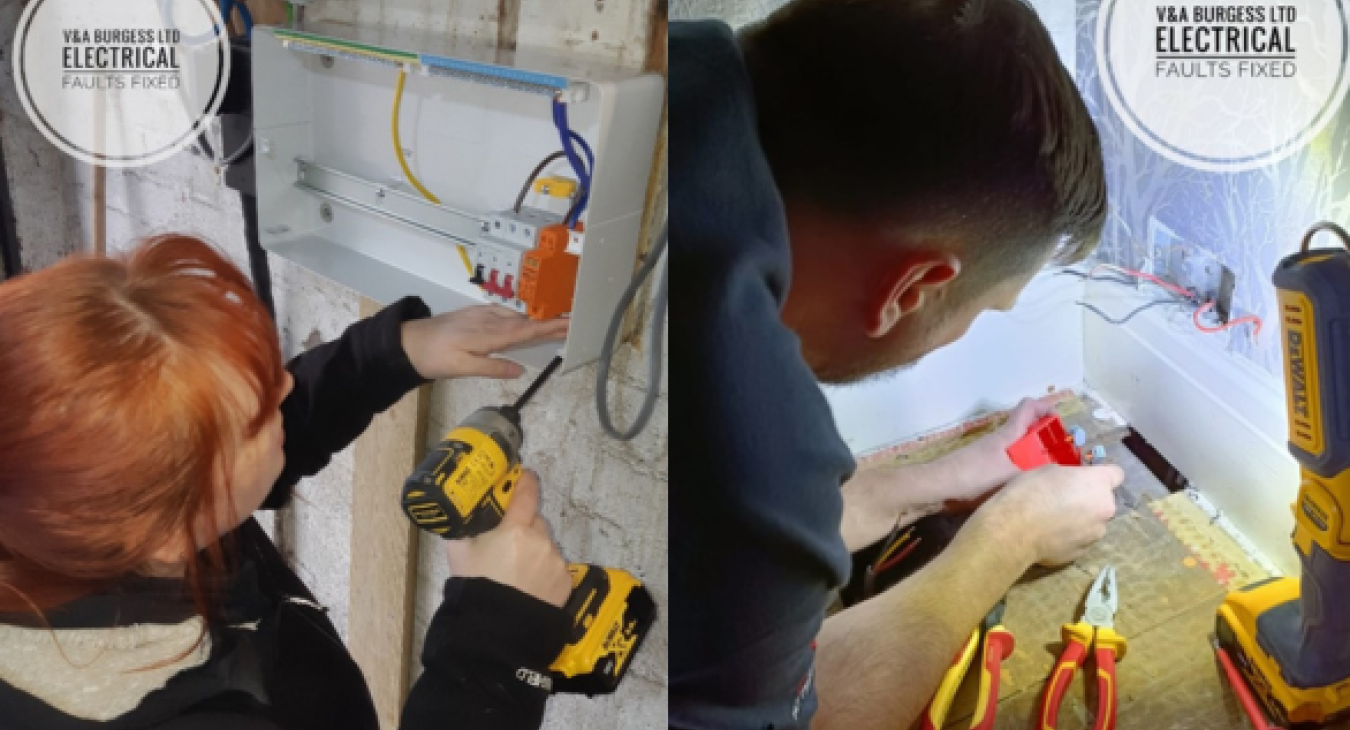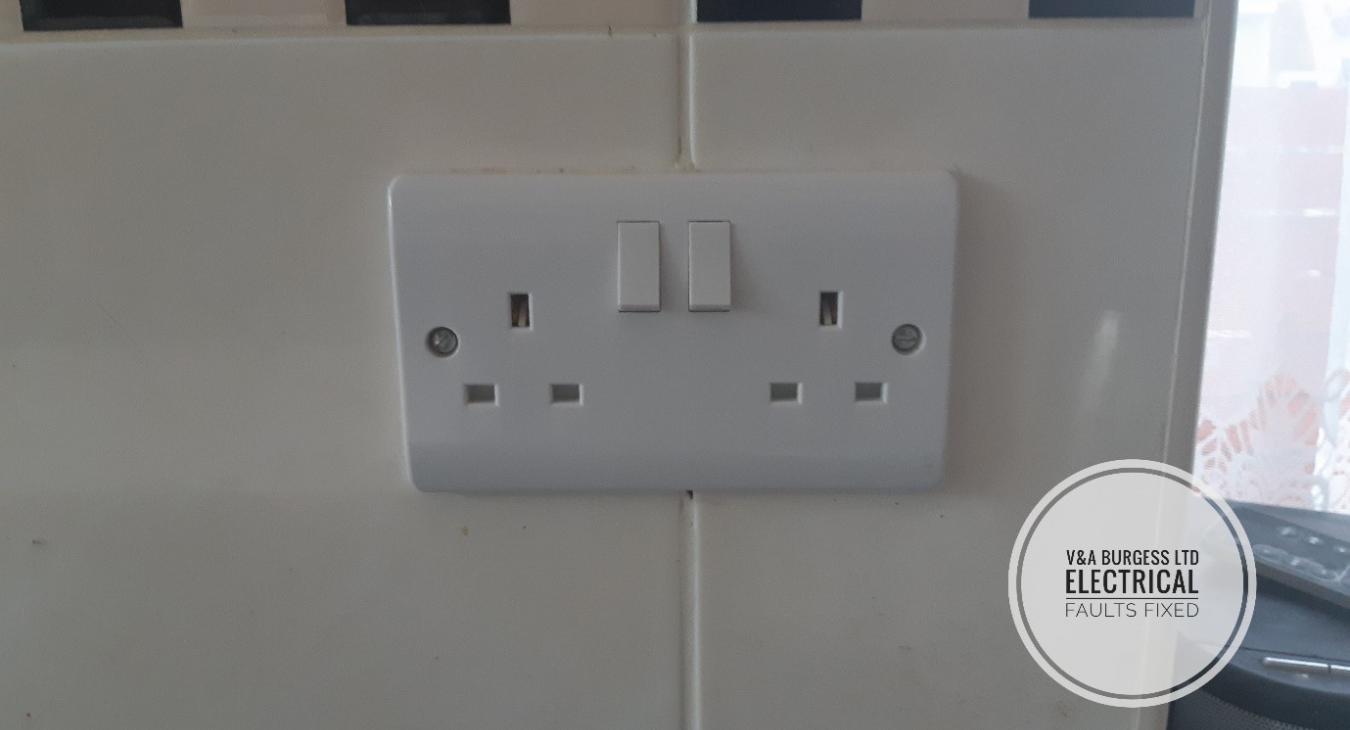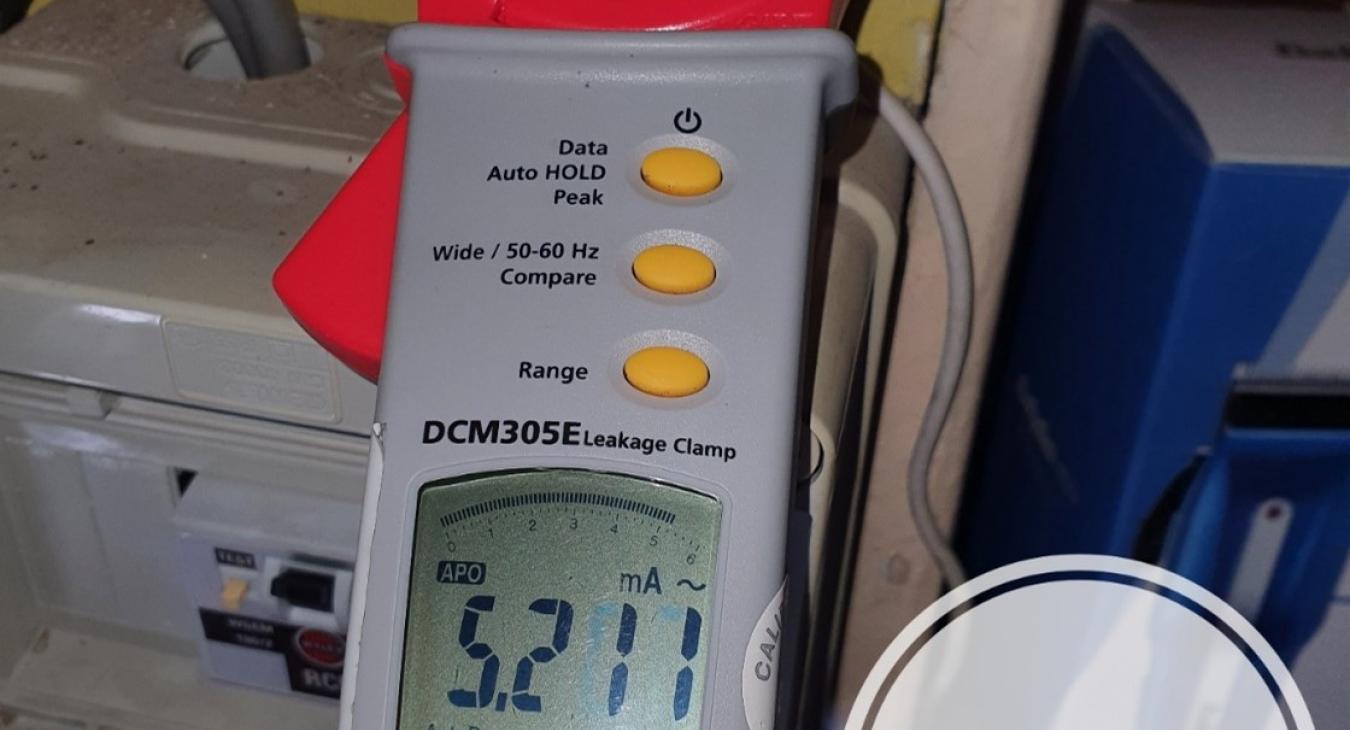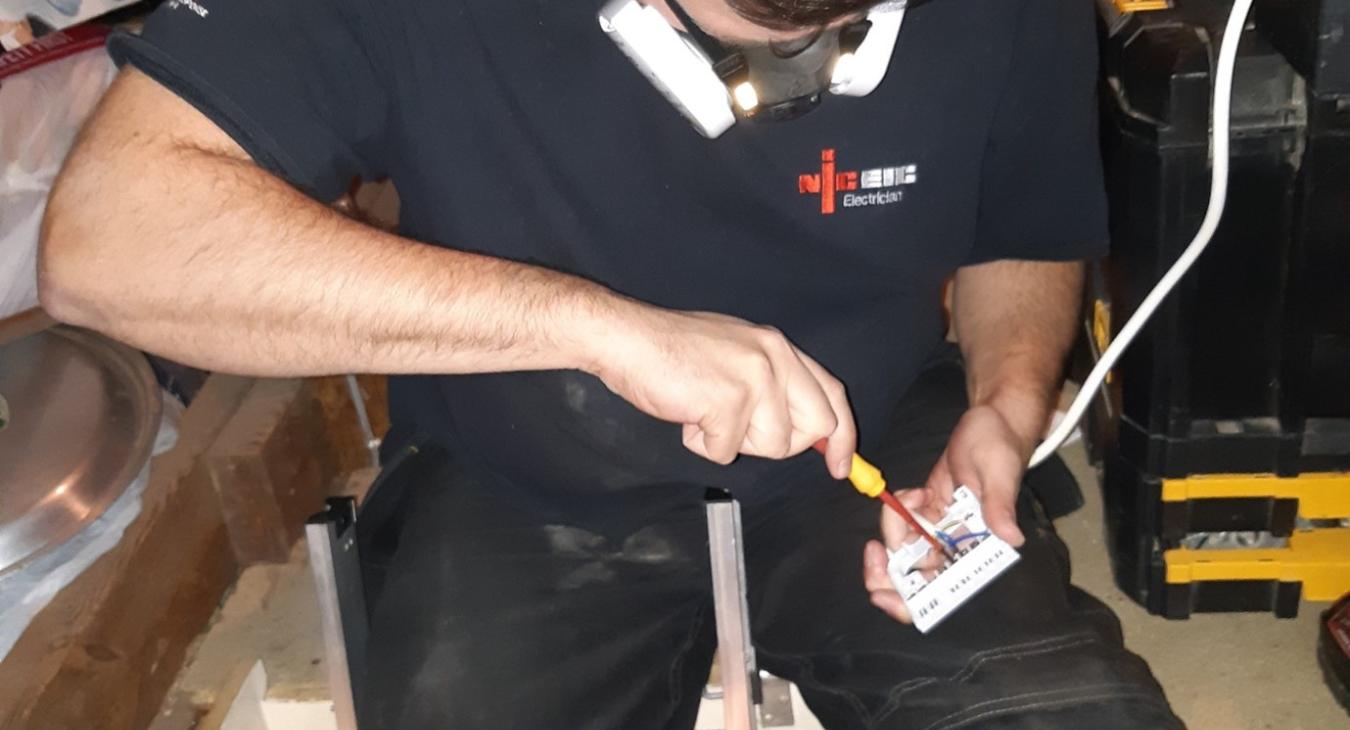What is a live wire? This is a conductor contained within a cable in an electrical system that has a voltage present. The higher the voltage the more likely and more severe the chance of electrical shock, burns and other hazards.
When a LIVE WIRE FAULT LIVERPOOL occurs, it can be very frightening as unexpected things can begin to happen. Fuses can blow, wiring can become damaged and people can receive shocks.
Electrical System
The electrical system is comprised of a Consumer Unit or Fuse Box, Trip Switches or Fuses, Electrical Cables, and terminal ends. Terminal ends are appliances, plug sockets, switches and so forth.
The electrical installation is responsible for delivering safe electricity around our homes to electrical appliances without any risk of danger.
When things go wrong, the power supply should shut off to the electrical circuit immediately before any harm or damage can be done. In a properly designed system, the current flow is shut off very quickly by a circuit breaker (type of trip switch) when electrical faults are detected.
Short Circuits
When electrical wires become crossed, short circuit situations can occur. A short circuit is where the Line wire (LIVE) touches the Neutral wire (which is also a live wire) which results in a very large and immediate electrical current flowing throughout the electrical wiring on that circuit.
The importance of quick disconnection cannot be understated with electrical problems like this. Due to the size of the fault current created when live wires touch, the cable will suffer further damage quickly if left for a long time as the heat generated increases rapidly and the risk of fire increases.
Where a cable fault exists resulting in a short circuit, a correctly designed and installed electrical system will turn the power supply off in well under a second. It is normally virtually instantaneous.
Earth Faults
Similar to a short circuit, an earth fault is where a Line or Neutral (Live wires) touch earth somehow. Earth Faults are often dealt with by an RCD (Residual Current Device) which is a life-saving electric shock protection device.
An RCD is one of the main reasons for experiencing a partial or full power outage. This device usually controls the power supply to several circuits at once. If there is an issue on any of the circuits that it monitors, it will trip the supply to all the circuits. This could mean a total power loss.
With some earth faults, the circuit breaker may trip first, but usually the RCD is the switch that will disconnect the quickest. The type of faults will dictate which switches operate at all or in the quickest time.
What causes a live wire fault?
Live wire faults can be caused by a variety of different methods. There can be:
- A break on the live wire
- Live wires touching
- Live to Earth Fault
- Damaged live wire
A break on the live wire
Where there is a break on the live wire, it is likely that part of an electrical circuit may fail to work correctly or at all. The most common reason for a break on the live wire is loose connections which often affect the lighting circuit in domestic properties.
A loose connection on the lighting can result in flickering lights which can be quite scary when it occurs.
The flickering lights can also be accompanied by a crackling sound created by electricity attempting to jump the air gap created by the break in the cable or connections.
A live wire break is a dangerous situation and this kind of LIVE WIRE FAULT LIVERPOOL requires immediate fault finding services from qualified electricians. Without prompt investigation and electrical works, there is likely to be increased damage or even an electrical fire.
Live wires touching
When live wires touch together, they create a short circuit. This is where there is virtually no electrical resistance to limit the size of electrical current. The wires touch each other and create a massive electrical fault current which will cause a fire if the flow of current is not shut off quickly.
Live wires can touch together when a nail is put through a cable in the wall, a situation which is easily achieved through careless DIY practices.
Live to earth fault
A live to earth fault can occur through cable damage but can also result when water gets into electrical equipment. Water is slightly conductive and will allow enough electrical current to leak down the earth wire to make an RCD trip switch disconnect the power supply.
If you have water in the electrics then wait until things have dried out before attempting to restore the power supply. There is a good chance that the electrical equipment that got wet will require replacement once it has been water damaged.
Live to earth faults can also be created by electrical appliances that are failing so if you find that your RCD trip switch is shutting off, it’s a good idea to disconnect all appliances from the plug sockets and then see if the switch can be turned back on again.
Damaged live wire
Along with DIY mishaps involving nailing electrical cables through, there are other ways in which a cable can become damaged. On one of our emergency calls, there was a loft ladder that would drop onto the cable in the roof space every time it was put away.
The resultant issue was RCD tripping lots of circuits off and no apparent damage. The damage to the cable was done on the inside as the insulation around the live copper conductors became damaged through repeated impact. There was no outward damage to the cable sheath that would indicate a problem had occurred internally.
Where a live wire becomes damaged to the point of being broken, a dangerous ARC FAULT can be created where electricity attempts to jump across the broken wire instead of flowing smoothly. This can generate very high temperatures resulting in burnt wiring and possible fires.
Always know what you are paying for!
Call us today on 0151 351 4011 for a free, no obligation, quotation for your project. Your call matters to us, and we WILL respond.









